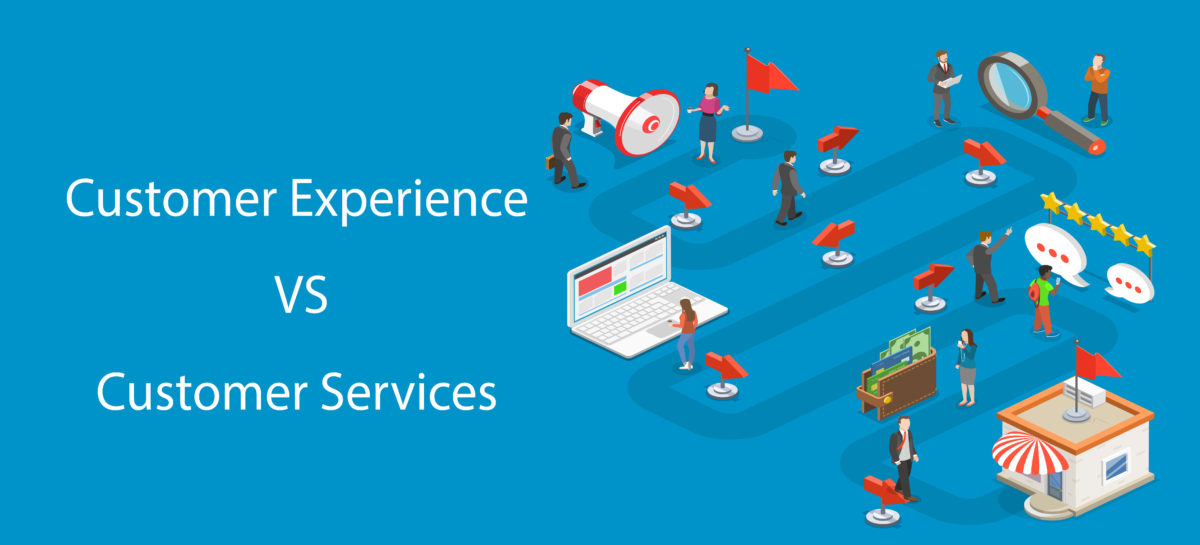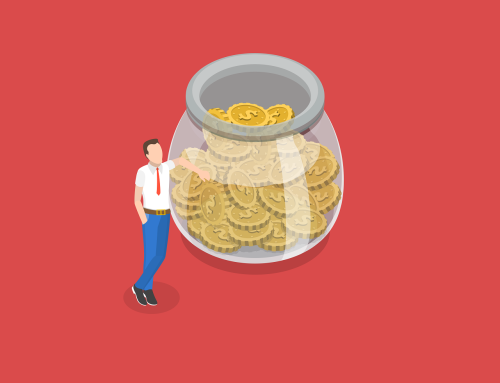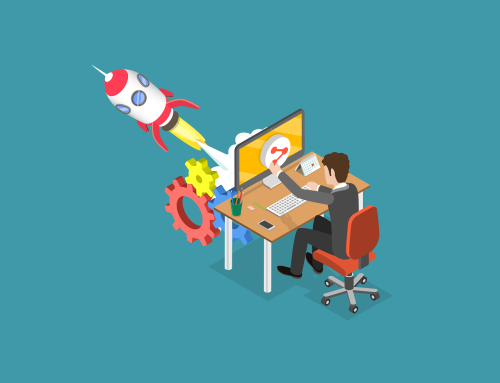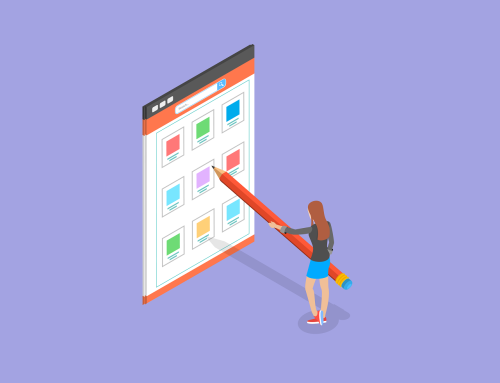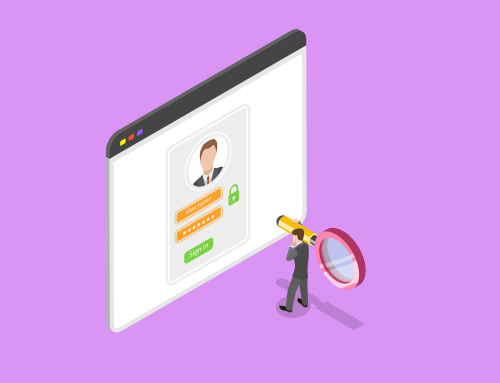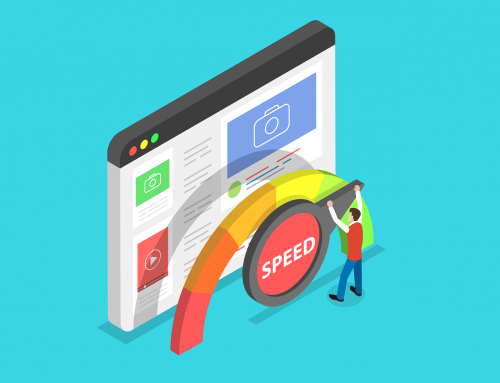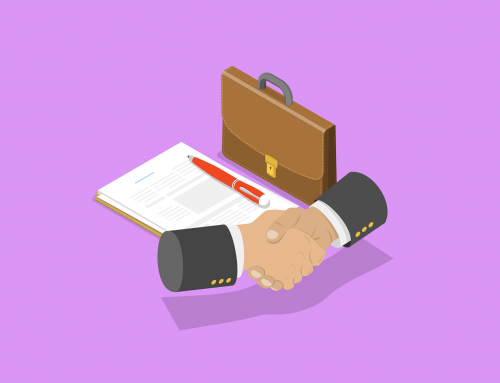How CX Differs from Customer Service
Customer Experience (CX) is one of the biggest buzz words in business nowadays, aside from GDPR perhaps.
Companies are pouring more resources than ever before into building a strong customer experience, and many expect to soon compete on experience more than price or quality as competition increases and loyalty decreases.
Research companies such as Forrester have begun releasing annual CX reports with some incredible insights:
“Companies that invest in Customer Experience have higher stock price growth and higher total returns than similar companies that do not.”
The growing importance of Customer Experience can even be seen within the Irish market with the first ever CX Awards taking place later this year. Yet despite its growing popularity we often see confusion arising between CX and Customer Service. So in this post we will look at the differences between the two. The importance of each. And ultimately aim to determine whether one can be implemented in place of the other.
Customer Experience
Customer Experience refers to the way in which your customers perceive their overall interaction with your company. A successful CX strategy focuses on improving customer satisfaction throughout the entire customer journey as opposed to interactions at individual touchpoints. Customer Experience is often discussed alongside Customer Service. However, it is important to note that there is a distinct difference between the two.
Customer Experience, as stated above, looks at your customers’ or potential customers’ overall opinion of your brand. It is based on cumulative experiences across multiple touchpoints and via multiple channels over time. An experience your customer has with your brand can be as simple as browsing your website to raising a query on a product through your online chat box. The key differentiator here is that CX does not look at experiences in isolation, but as a journey which ranges from awareness to aftercare and beyond.
So what do we mean by journey…
As a customer interacts with your company, they go through various stages both before and after making a purchase. This is referred to as the ‘customer journey’. The journey itself varies from company to company. So, it’s best if you draw out your own customer journey map as opposed to grabbing one off the internet. If you’re not sure where to begin then get a pen and paper and jot down the steps your customer(s) go through in engaging with your company. Whether it be a product, an online experience, or a service, or any combination. Be sure to look at this from the perspective of each of the types of customers you have also. For example do your “Millenial” customers behave differently to customers of other generations?
To create a comprehensive customer experience you need to ensure that you are providing the best service possible at each stage of the journey, and for each customer. Looking at stages in isolation can mean that you ignore other vital touchpoints. If a customer has a negative interaction at one of these touchpoints you could risk them dropping off even before a purchase is made.
Customer Service
Customer Service on the other hand is defined as the provision of service to customers before, during and after a purchase. It strives to increase customer satisfaction and loyalty by creating longstanding relationships with customers. Customer service could include helping a customer choose the right product before they make a purchase. But it is most commonly associated with the help provided after a purchase has been made. Customer service involves assisting customers on how to best use the product, on trouble-shooting any issues, and ensuring they had a great buying experience.
So what’s the difference…
From the above we can see that CX is the overarching sum of all interactions whereas Customer Service (CS) is a function within an organisation and is a vital element of Customer Experience. And although CS is only one element of CX it is an important one! In fact, according to a report by Rightnow Technologies (now part of Oracle):
‘73% of customers leave because they are dissatisfied with customer service, but companies think just 21% leave for this reason’.
However, if you focus solely on CS you can risk losing customers at other stages of the life cycle due to poor performance.
As CS deals primarily with aftercare service it is largely reactive whereas CX is seen to be proactive in its approach. CS often comes into play when a customer has had a disappointing experience with a product. Conversely the goal of customer experience in many cases is to avoid customers having to contact customer service to begin with. Ensuring that your customers have a positive overall opinion of your brand is a clear competitive advantage: ultimately it leads to long term loyalty and advocacy which we all know is major advantage as the cost of retention is far lower than that of acquisition.
In conclusion, neither CX or CS is more important than the other. Both play an integral role in customer satisfaction. However, looking at CS alone ignores the other touchpoints along the journey so taking a broader approach and developing a CX strategy ensures that you don’t fall into this trap.


